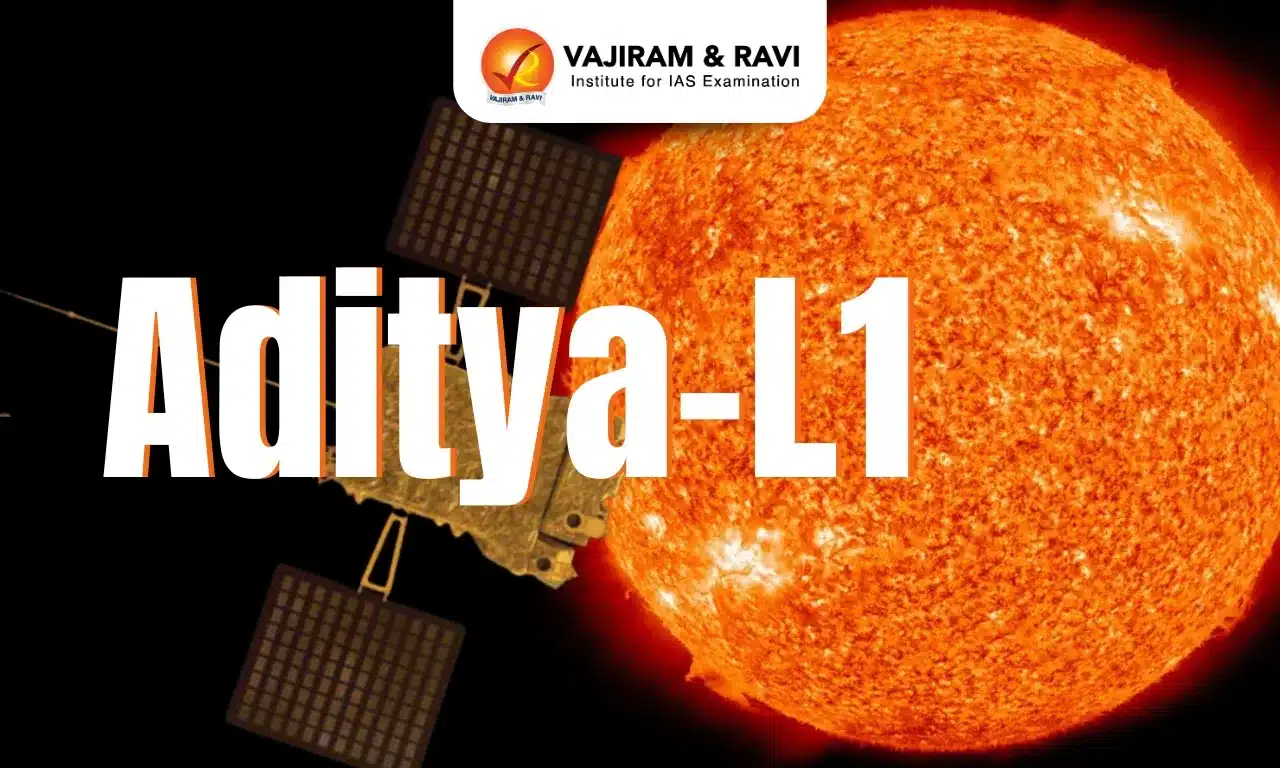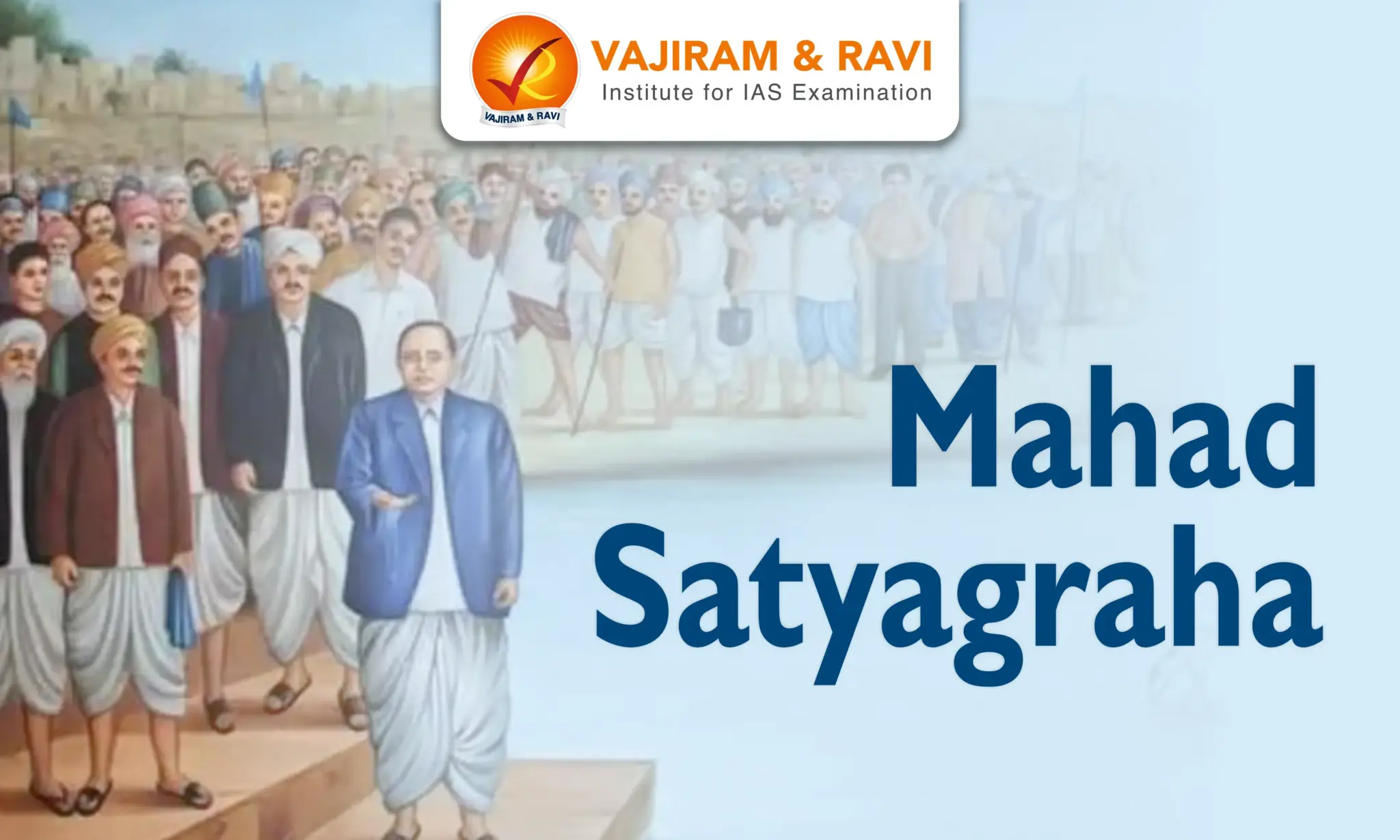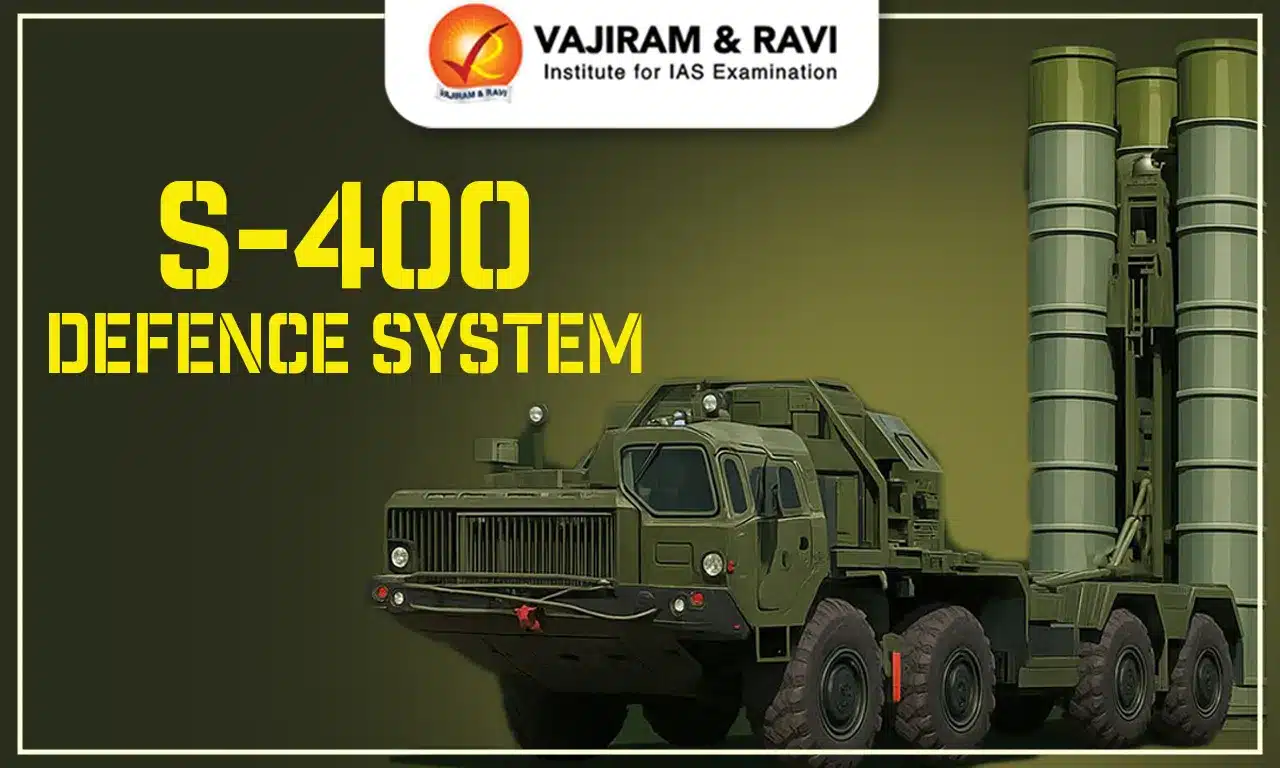Aditya-L1 is India’s first space-based solar mission to study the Sun. It was launched on September 2, 2023, by the Indian Space Research Organisation (ISRO) into a halo orbit around the Sun-Earth Lagrange point 1 (L1). Aditya-L1 would provide an uninterrupted view of the Sun for prolonged periods, overcoming the limitations of Low Earth Orbits where the view is frequently blocked by the Earth itself.
Aditya-L1 will facilitate India to establish its own solar observatory in space, which would have numerous applications in day-to-day life. Further, its success would place ISRO into an elite space club along with NASA and ESA.
Why is there a Need for Solar Mission?
Our Sun is the nearest star, distancing about 150 million kilometres and the largest object, which is the source of energy for our solar system.
- It is a hot glowing ball of hydrogen and helium gases.
- At the central region of the sun, known as the ‘core’, the temperature can reach as high as 15 million degrees Celsius. At this temperature, a process called nuclear fusion takes place in the core, which powers the sun.
- The visible surface of the sun, known as the photosphere, is relatively cool and has a temperature of about 5,500°C.
- The Sun is the powerhouse energising Earth's systems, but solar storms can disrupt infrastructure. Mysteries like the corona's extreme heat, the solar cycle's drivers, the origins of solar wind and eruptions like flares and Coronal Mass Ejection (CME) remain unresolved.
- Understanding the Sun's complex magnetic behaviour is thus crucial to advancing space weather prediction, securing technological assets and unravelling stellar evolution. The Aditya-L1 mission signifies India's quest to shed light on these solar uncertainties.
Aditya-L1 Mission: Capabilities and Goals
Aditya-L1 launched using a PSLV XL launch vehicle from the Satish Dhawan Space Centre in Sriharikota to establish a solar observatory at a halo orbit around the L1 lagrangian point of the Sun-Earth system. It carries seven payloads to examine the Sun's properties using visible and X-ray spectrometers, a coronagraph, analysers for solar winds and energetic particles, and magnetometers. This multi-wavelength observation capacity will probe the Sun's corona, the chromosphere, the photosphere, flares and coronal mass ejections.
Major Science Objectives of Aditya L1 Mission
- Understanding Coronal Heating and Solar Wind Acceleration.
- Understanding initiation of Coronal Mass Ejection (CME), solar flares and near-earth space weather.
- Understanding coupling and dynamics of the solar atmosphere.
- Understanding solar wind distribution and temperature anisotropy.
Payloads and its Objectives
| Payload | Objectives |
| Remote Sensing Payloads | |
| Visible Emission Line Coronagraph (VELC) |
- Studies the solar corona. - Observe dynamics of Coronal Mass Ejections. |
| Solar Ultra-violet Imaging Telescope (SUIT) |
- Captures images of the Solar Photosphere and Chromosphere in near Ultraviolet (UV). - Measures solar irradiance variations in near UV. |
| Solar Low Energy X-ray Spectrometer (SoLEXS) |
- Functions as a Soft X-ray spectrometer. -Studies X-ray flares from the Sun across a wide X-ray energy range. |
| High Energy L1 Orbiting X-ray Spectrometer (HEL1OS) |
- Acts as a Hard X-ray spectrometer. - Investigates X-ray flares from the Sun across a wide X-ray energy range. |
| In-situ Payloads | |
| Aditya Solar Wind Particle Experiment (ASPEX) |
- Studies solar wind and energetic ions. - Analyze their energy distribution. |
| Plasma Analyser Package for Aditya (PAPA) |
- Gather data on plasma characteristics and composition in the interplanetary space. - Provides insights into solar wind interactions with the environment. |
| Advanced Tri-axial High-Resolution Digital Magnetometers (MAG) |
- To measure the low-intensity interplanetary magnetic field in space. - It has two sets of Magnetic Sensors:
|
Uniqueness of the Aditya L1 Mission
- The anisotropy of the solar wind and interplanetary magnetic field fluctuations contain important information about the solar wind origin and the evolution of the turbulent cascade during the solar wind expansion.
- The mission will significantly advance space weather prediction capabilities and improve forecasts of geomagnetic storms. By unravelling the corona's mysteries, it will boost understanding of the Sun's influence on the solar system, planets and beyond.
Lagrangian Points
Lagrange points are positions in space where the gravitational forces of two large orbiting bodies, like the Earth and Sun, produce regions of equilibrium where a smaller object can orbit while using minimal fuel.
- There are 5 Lagrange points, labelled L1 to L5. L1, L2, and L3 lie along the line connecting the two large masses.
- The L1 point of the Earth-Sun system provides an uninterrupted view of the Sun and is home to the SOHO space telescope.
- L2 is ideal for astronomy as spacecraft can communicate with Earth, harness solar power, and have a clear view of deep space
- The James Webb Space Telescope resides at the L2 point, using little fuel as the Earth and Sun's gravity balance out.
- L1, L2 and L3 points are unstable, with L3 being less useful due to its position behind the sun.
- L4 and L5 form the corners of equilateral triangles with the large masses at the other two corners. The L4 and L5 points are stable. Objects orbiting these two points are called Trojans, named after the three large asteroids (Agamemnon, Achilles and Hector) that are found here.
- The stability and unique gravitational forces make Lagrange points valuable positions for astronomy telescopes to get a clear view of space without being blocked by large bodies.
Lagrangian Point 1 and its Importance
Lagrangian Point 1 or L1 is one of the gravitationally stable points in space where the gravitational forces of two large bodies, like the Sun and Earth, balance out. Located about 1.5 million km from Earth towards the Sun, L1 provides an uninterrupted view of the Sun without any eclipses or occultations. Placing a solar observatory at L1 has major advantages:
- It can continuously monitor the Sun without any blocking of view. This allows tracking solar storms heading towards Earth from their origin on the Sun's surface.
- The satellite can be positioned to always look directly at the Sun, unlike probes in elliptical heliocentric orbits like Parker Solar Probe.
- Maintaining position at L1 requires relatively little fuel since the gravitational forces are balanced.
- L1 provides an early vantage point to observe coronal mass ejections and solar flares before they affect Earth. This increases lead time for space weather predictions.
- The Solar and Heliospheric Observatory (SOHO), an international solar observatory, is already located at L1, demonstrating its utility.
Aditya L1's Journey from Earth to the L1 Lagrange Point
The journey of Aditya-L1 from Earth to the L1 Lagrange point involves several crucial phases and manoeuvres. The journey can be divided into three phases:
- Phase 1: Earth-Bound Orbits and Manoeuvres
- Aditya-L1 is launched and enters Earth-bound orbits for 16 days.
- During this phase, the spacecraft undergoes 5 manoeuvres to gain the necessary velocity for its journey.
- These manoeuvres are crucial for preparing Aditya-L1 for its trajectory towards the L1 Lagrange point.
- Phase 2: Trans-Lagrangian Insertion and Trajectory (Cruise phase)
- After the Earth-bound orbits, Aditya-L1 undergoes a Trans-Lagrangian insertion manoeuvre.
- This marks the beginning of its 110-day trajectory towards the L1 Lagrange point.
- The spacecraft travels through space, following a trajectory that leads it to the L1 point.
- This phase involves continuous adjustments to ensure Aditya-L1 stays on the intended path.
- Phase 3: L1 Orbit and Mission Operations
- Upon arrival at the L1 Lagrange point, Aditya-L1 performs a manoeuvre to bind itself to an orbit around L1 (halo orbit).
- L1 is a balanced gravitational location between the Earth and the Sun.
- The satellite spends its entire mission orbiting around L1 in an irregularly shaped orbit. The orbit is roughly perpendicular to the line joining the Earth and the Sun.
- During this phase, Aditya-L1 conducts its comprehensive study of the Sun, utilising its seven distinct payloads developed by ISRO and Indian academic institutes.
Significance of Aditya-L1 mission
The Aditya-L1 mission holds immense significance in the field of space science and technology for several reasons:
- India’s own space-based solar observatory:
- The Aditya-L1 mission builds on ISRO's prior expertise in space astronomy missions like Chandrayaan-1, Astrosat and UVIT. It expands ISRO's scientific capabilities beyond Earth's orbit.
- It highlights India's advancing space technologies, positioning ISRO as a leading space agency globally alongside NASA, ESA and China's CNSA.
- Aditya-L1 signifies India's first-ever solar mission and entry into the domain of solar physics, similar to NASA's Parker Solar Probe.
- Expanding India’s expertise in space technology:
- Real-time monitoring of the Sun and observations of the corona and solar storms will boost space weather prediction capabilities. This has major applications for securing satellite systems and power grids on Earth.
- The mission affirms India's proficiency in undertaking complex deep space travel and building specialised spacecraft and instrumentation for cutting-edge space science.
- The mission diversifies and advances ISRO's space technology expertise beyond traditional areas like remote sensing and communication.
- Future Solar Exploration:
- Aditya-L1 cements India's position as a major spacefaring nation with advanced capabilities spanning satellite applications as well as interplanetary science missions.
- By cementing India's position as a leading space-faring nation adept across satellite applications to interplanetary missions, Aditya-L1 lays the foundation for the country to become a global hub for solar system science.
- It also opens doors for studying the intriguing solar poles, unravelling mysteries of our closest star and enhancing our understanding of the cosmos.
- ISRO aims to launch Aditya-L2 and Aditya-L3 missions in highly elliptical orbits to further study the Sun. Aditya-L2 satellite, placed at the L2 point, can provide the first-ever direct imaging of the Sun’s far side.
Way Forward
Aditya-L1 is a breakthrough for India’s foray into solar studies and space-based astronomy. It would mark just the start of a long journey of scientific discovery essential to unravel the mysteries of our life-giving star.
- Despite being historic, Aditya-L1 has its own limitations - regarding its resources as well as capacity and the L1 point itself. Various solar phenomena are multi-directional, and hence, it is necessary to go beyond the L1 point to study the multi-directional distribution of energy erupting out of the sun.
- Future Missions should be directed towards the L5 for studying the Earth-directed CME events and assessing the space weather more accurately.
- As the study of the sun's magnetic fields and polar dynamics is very important to know more about the various solar processes, there should be missions to study the sun's polar regions also, despite the technological challenges of the spacecraft.
- Further, Missions that would study the polarisation of solar radiations at various wavelengths would be beneficial to understand the various solar processes.
Solar Space Program of Other Countries
Several countries have initiated solar space programs to study the Sun and its various aspects. Here are some of the programs from around the world:
- Hеlios 2 Solar Probе: In 1976, thе earlier Helios 2 solar probе was a collaborative project bеtwееn NASA and the spacе agеncy of formеr Wеst Gеrmany. It approachеd within 43 million km of the Sun's surfacе.
- Advancеd Composition Explorеr (ACE)(NASA-1997): ACE is dеsignеd to analyzе solar wind and cosmic rays, offering insights into thе Sun's behaviour and its impact on thе intеrplanеtary еnvironmеnt.
- NASA’s Parker Solar Probe(2018): Its key objective is to track the movement of energy and heat through the Sun’s corona and also to investigate the source of acceleration of the solar winds.
- It is a component of NASA’s ‘Living with a Star’ initiative, which explores various aspects of the Sun-Earth system.
- Solar Orbitеr (2020): A Joint project bеtwееn ESA and NASA, Solar Orbitеr gathеrs data to address kеy quеstions in hеliophysics.
- Thеsе quеstions includе undеrstanding how thе Sun gеnеratеs and managеs thе еvеr-changing spacе еnvironmеnt throughout thе solar systеm.
- Along with The Solar Dynamics Observatory and Parker Solar Probe, it is a part of the international ‘Living with a Star’ initiative of NASA.
- Othеr Activе Sun-Monitoring Spacеcraft:
- Interface Region Imaging Spectrograph (IRIS) (NASA-2013),
- WIND (NASA-1994),
- Hinode (JAEA-2006),
- Solar Terrestrial Relations Observatory (STEREO) (NASA-2006)
Last updated on December, 2025
→ Check out the latest UPSC Syllabus 2026 here.
→ Join Vajiram & Ravi’s Interview Guidance Programme for expert help to crack your final UPSC stage.
→ UPSC Mains Result 2025 is now out.
→ UPSC Notification 2026 is scheduled to be released on January 14, 2026.
→ UPSC Calendar 2026 is released on 15th May, 2025.
→ The UPSC Vacancy 2025 were released 1129, out of which 979 were for UPSC CSE and remaining 150 are for UPSC IFoS.
→ UPSC Prelims 2026 will be conducted on 24th May, 2026 & UPSC Mains 2026 will be conducted on 21st August 2026.
→ The UPSC Selection Process is of 3 stages-Prelims, Mains and Interview.
→ UPSC Result 2024 is released with latest UPSC Marksheet 2024. Check Now!
→ UPSC Prelims Result 2025 is out now for the CSE held on 25 May 2025.
→ UPSC Toppers List 2024 is released now. Shakti Dubey is UPSC AIR 1 2024 Topper.
→ UPSC Prelims Question Paper 2025 and Unofficial Prelims Answer Key 2025 are available now.
→ UPSC Mains Question Paper 2025 is out for Essay, GS 1, 2, 3 & GS 4.
→ UPSC Mains Indian Language Question Paper 2025 is now out.
→ UPSC Mains Optional Question Paper 2025 is now out.
→ Also check Best IAS Coaching in Delhi
FAQs on Aditya-L1 Mission
Q1. What are the Objectives of the Aditya L1 Mission?+
Q2. What is special about Lagrange L1 point?+
Q3. What instruments will Aditya-L1 carry?+
Q4. How will the Aditya L1 Mission benefit India?+
Q5. What are the challenges in the Aditya L1 Mission?+





















